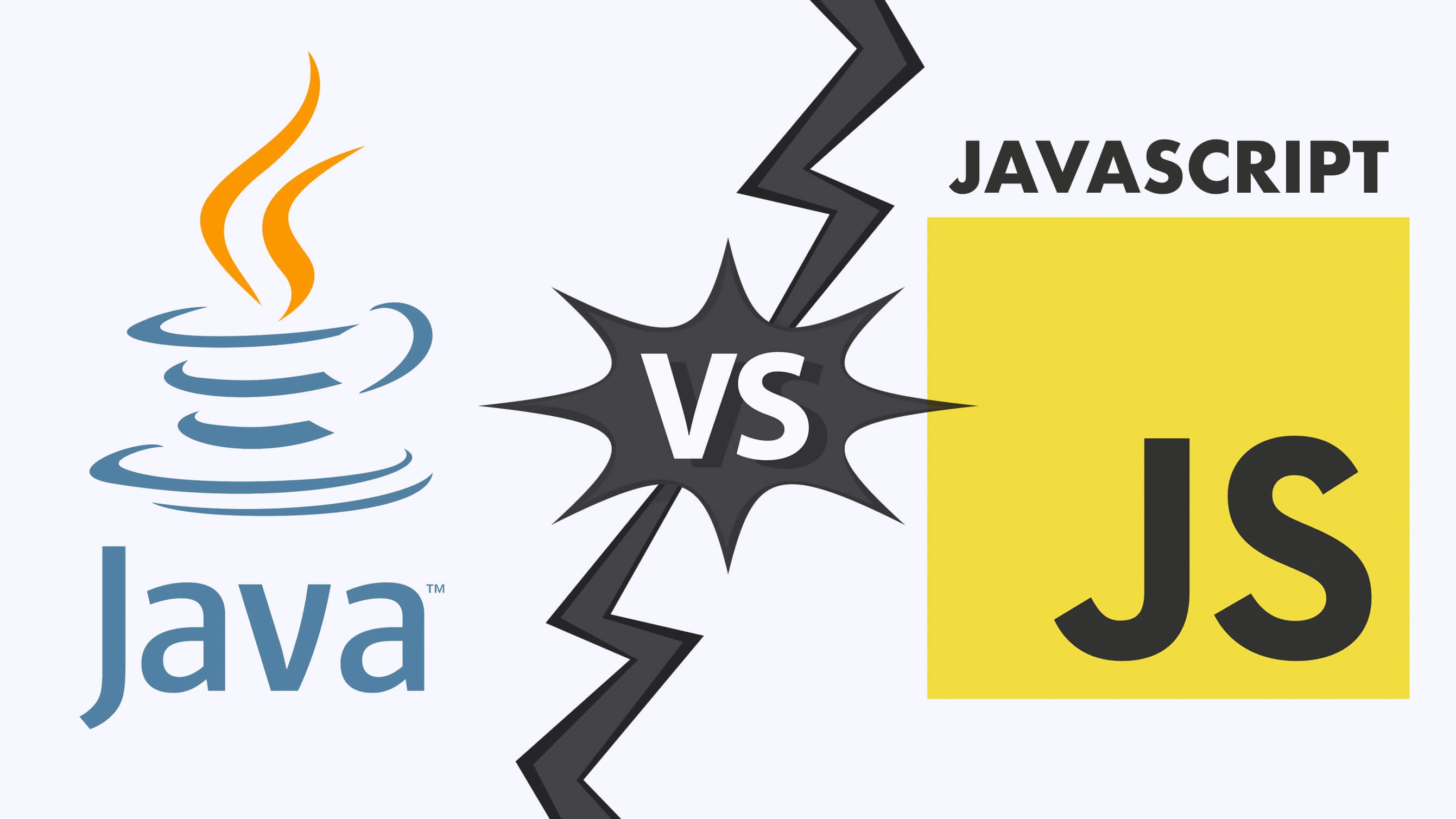


When much of the entire web depends upon the JavaScript execution engine, a bazillion developer hours go into polishing all of the edges. The JavaScript world is catching up quickly. When you boot up a JVM, you get 20 years of experience from a solid curator determined to dominate the enterprise server. In fact, it may be decades before the JavaScript crew writes nearly as many regression tests as Sun/Oracle developed to test the Java Virtual Machine. The same faith in Node.js is many years off. Yes, Java has glitches and bugs, but relatively speaking, it’s the Rock of Gibraltar. Will the old-school compiler-driven world of Java hold its ground, or will the speed and flexibility of Node.js help JavaScript continue to gobble up everything in its path? Where Java wins: Rock-solid foundation On the other side are simplicity and ubiquity. On one side are the deep foundations of solid engineering and architecture. While it may have been unthinkable 20 years ago, the quasi-twins are now locked in a battle for control of the programming world. Its steady diet of small, quick, endless requests for data have since made Node.js more common, as webpages have grown more dynamic. Not only was JavaScript faster on the server than anyone had expected, but it was often faster than Java and other options. Then Node.js was spawned, turning developers’ heads with its speed. Sure, JavaScript tagged along for a few years as HTML and the web pulled a Borg on the world. Meanwhile, what programmers initially mistook as the dumb twin has come into its own. People touted the power of applets and Java-based tools, but gunk always glitched up these combinations. įor all its success, though, Java never established much traction on the desktop or in the browser.
Java vs javascript android#
Today, Java dominates Android phones, enterprise computing, and some embedded worlds like Blu-ray disks. That prediction ended up being only partially correct. Everyone saw it as a revolution that would stop at nothing less than a total takeover of computing. It left the labs, and its hype meter pinned. If you’re old enough to have been around back then, you might remember Java’s early, epic peak. That’s only the beginning of the technical differences between these two wildly distinct languages that have since shifted onto a collision course of sorts, thanks to Node.js. One of them is compiled and statically typed the other interpreted and dynamically typed. The names made them seem like conjoined twins newly detached, but they couldn’t be more different. First Java appeared, then close on its heels came JavaScript. In the history of computing, 1995 was a crazy time.


 0 kommentar(er)
0 kommentar(er)
